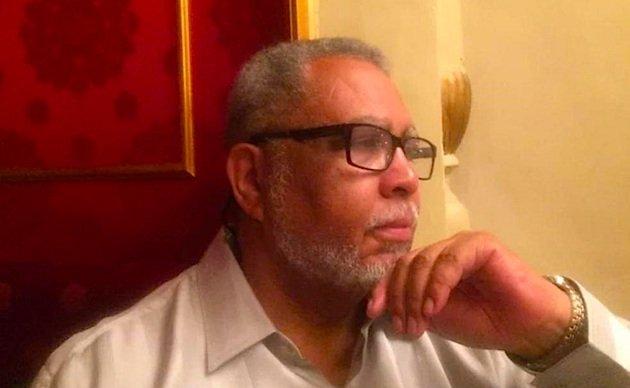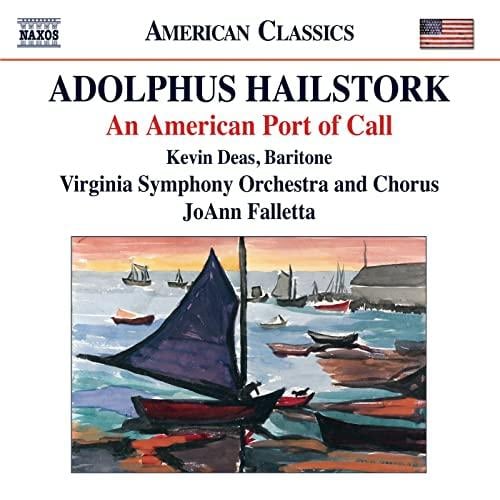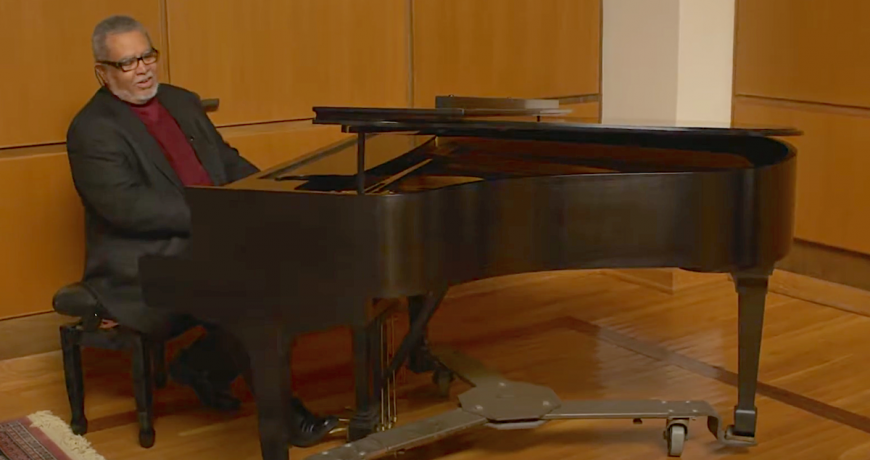
Adolphus Hailstork’s birthday doesn’t appear on most classical mavens’ calendars, but it does on mine. When I interviewed Hailstork last June, I hadn’t done the math and realized that 2021 would be the composer’s big eight-oh. But it came up in the interview and it occurred to me that there should be a Hailstork anniversary celebration. I have no idea if this will happen, but if it does, here’s a list of music that we could listen to, perform, and put into playlists to commemorate April 17, the start of the 81st year of one of America’s most accomplished and industrious composers.

At the outset, let’s just acknowledge that this list is for getting acquainted with Hailstork’s work. He’s written more than 250 pieces and doesn’t appear to be slowing down. He’s working on his Fourth Symphony, which grew out of Still Holding On, premiered by the Los Angeles Philharmonic in February 2019, and a large-scale cantata, A Knee on a Neck, which will be completed, possibly, some time later this year. He has worked in every classical genre, and as a singer himself (as well as a keyboardist), he has a large, often overlooked, list of art songs. He is an Eminent Scholar, professor emeritus of music, and former composer-in-residence at Old Dominion University, in Norfolk, Virginia. He was also a professor and composer-in-residence at Norfolk State University.
An American Port of Call (Virginia Symphony, JoAnn Falletta, Mosaic Classics (Naxos), 2012). Many composers have a nine-minute orchestra opener, like an overture, in their worklist. This tribute to the city of Norfolk is exciting, lyrical, and a great intro to Hailstork’s style. He is clearly an heir to the midcentury American style of composition. He mentions Samuel Barber and Aaron Copland, among others, as influences, but of course, that branch of composition includes his teachers such as David Diamond and H. Owen Reed. It’s a pretty traditional score, formally, and it’s tonal (as are all his works) with some spiky fanfares. It’s one of Hailstork’s most-performed pieces.
Shout for Joy Mississippi Boulevard Christian Church Sanctuary Chorus, Dr. Leo H. Davis, Jr. (Minister of Worship) circa 2004.
This marvelous choral anthem draws directly on Hailstork’s experience as a child in the Episcopalian cathedral in Albany. Written for Norfolk’s Bank Street Baptist Church on the occasion of the church’s sesquicentennial, in 1990, it’s a stirring setting of verses from Psalm 33 (Sing joyfully to the Lord) with brass fanfares, timpani, organ, and of course, mixed chorus. It’s one of my favorite Hailstork pieces, and if it doesn’t lift you up, nothing will.
Done Made My Vow (Baltimore Symphony Orchestra, Paul Hege, Morgan State University Choir, Baltimore Symphony Orchestra recording, 2000). This cantata is a tentpole work in Hailstork’s career. It was originally created in 1985, on the occasion of the 50th anniversary of Norfolk State. This was just two years after Martin Luther King, Jr.’s birthday became a national holiday. Hailstork told me in an interview how he was basically unfamiliar with southern Black culture until his army discharge, in 1968, at which point he realized that he wanted to be able to address the Black struggle for full citizenship and civil rights, and so began to forge a style (in addition to his more modernist style) that would be able to do that. Done Made My Vow is a major statement in that style.

In 1985, and in the 2000 Baltimore Symphony recording, the cantata’s first part ends with King’s “I have a dream” speech undergirded by the chorus singing “We Shall Overcome.” It’s an incredibly effective moment, but in 2009, in the wake of President Barack Obama’s inauguration, Hailstork revised that episode, replacing “I have a dream,” with Obama’s inaugural speech. It’s still a triumphant moment, ripe with a sense of history having shifted, but the 2009 version has not been recorded. However, Lawrence University Choirs and Symphony Orchestra, which performed the revised version in 2010, conducted by Dr. Stephen Sieck, has put up a YouTube video of the revised ending of part one. Here’s that three-minute video.
Epitaph for a Man Who Dreamed (Chicago Sinfonietta, Paul Freeman. Cedille, 2002) This threnody for Martin Luther King, Jr. was written in 1979 but sounds perfectly in tune with the events of 2020, not just the Black Lives Matter actions but the pandemic that took so many lives. It’s a special skill to be able to sustain a melodic line over eight minutes; despite the slow tempo this work just gains momentum as it goes. The Chineke! Orchestra version, from November 2020, conducted by Katrina Bovell is superb and has been posted to YouTube.
“My Heart to Thy Heart” and “Invitation to Love” from Four Romantic Songs. The poet Paul Laurence Dunbar, whose love life was the subject of an opera (The Mask in the Mirror, by Richard Thompson) is the perfect match for Hailstork’s lyrical side. The composer has written three operas, and you can see his dramatic side in the song “If We Must Die,” by Harlem Renaissance poet Claude McKay. Here, though, the music is ardent and appropriately straightforward.
Symphonies No. 2 and 3, (Grand Rapids Symphony, David Lockington, Naxos 2007) Hailstork has continued the tradition of midcentury American modernists with his symphonies. The Second was commissioned by the Detroit Symphony Orchestra in 1998 and given its premiere under Leslie Dunner. Hailstork writes that it was inspired by a 1996 visit to Ghana. “There I visited the forts along the coast of Ghana and saw the dungeons where the slaves were held before being shipped overseas. I put my reaction to that sad scene in movement two of this symphony. In movement four I sought to reflect the determination of a people who had arrived in America as slaves, but struggled, with courage and faith, against numerous odds.” The Third Symphony was dedicated to the Grand Rapids Symphony and is jauntier in tone. The recording came out a few years later. In 2014, Hailstork gave Lockington and the Grand Rapids Symphony a farewell present in the form of his symphonic poem Hercules. That has not, unfortunately, been recorded, but these symphonies are both finely sculpted works with excitement and some beautiful melodies to boot.




